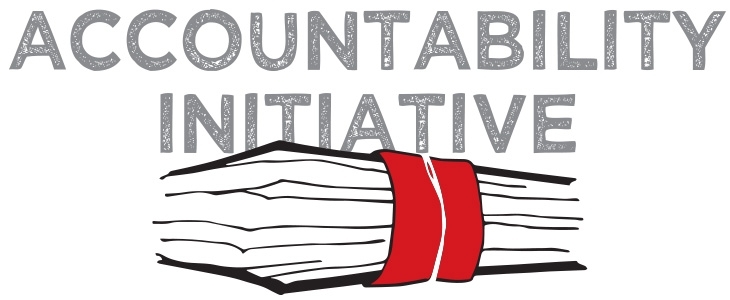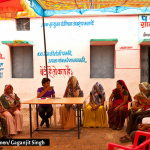
Observations from the field: Sehore, Madhya Pradesh
23 December 2009
As an intern at the Accountability Initiative one of my assignments was mapping, with the help of GPS technology, the public services at the six villages that were being covered under the PAISA project. These villages are located in the Sehore district of Madhya Pradesh, approximately 60 kms from Bhopal, the state capital, and have been chosen due in part to Madhya Pradeshs’ history with decentralisation (of public function) as well as language and accessibility.
The objective of the visit to Sehore was the mapping of all public services delivered to these villages, and the development of new templates to relay data on the status of primary schools in these areas. The work that was done can be accessed from the Accountability Initiative website shortly.The following are a few notes on the observations I made during my trip to these villages.
The villages of Dhaba, Palaspani, Amajhir, Amirganj, Sirali and Bhilai are located in the Narsullaganj block in Sehore. The public services made available to them are provided by Central Government Schemes, the Village Panchayat or the Van Vibhag. Basic services include the provision of hand-pumps, wells, roads, work under NREGA, schooling and access to toilets built under the Total Sanitation Campaign. While large amounts of funds have been released for each of these, the success of some of these campaigns is questionable.
Take for example, the Total Sanitation Campaign (TSC) – the objective of which is to “to ensure sanitation facilities in rural areas with broader goal to eradicate the practice of open defecation.” One of the facilities to be built is the Individual Household Latrine where toilets are built for every Below Poverty Line (BPL) family. The government has released Rs 2200 per family while beneficiaries are to contribute Rs. 300 for the project. The project aims at building a basic low cost unit with a superstructure for these households. While most of these facilities have been cited as completed by the local worker at Dhaba and the sarpanch at Bhilai, none of these units have doors and most of the residents consider them to be unusable. The worker maintains that to provide doors additional funds of approximately Rs. 700 are needed. Though superstructures can be seen at most households the ultimate aim of providing villagers with sanitation facilities is not being met.
Schools in these villages are run admirably under the Sarva Shiksha Abhyan (SSA) but teachers have a gargantuan task of educating students who need special attention and handling their administrative work at the same time. Student attendance in some of these villages is very low while many students in Grades 6 and above have problem with elementary Math. This leads to a class where student needs vary greatly, and teachers cannot standardise their teaching assignments and finish school text-books within the academic year. More importantly, they fail to deliver quality education to children.
Rural connectivity has improved drastically under the Pradhan Mantri Gram Sadak Yojana (PMGSY) while work under the rural employment guarantee scheme is not very visible as most workers are engaged in agriculture during this period. The village of Palaspani is easily one of the most neglected villages in this area. With only one 100m road in the whole village and no connectivity to other villages, Palaspani is bereft of even proper sanitation and drinking water facilities. There are only two working handpumps located in one corner of the village.
Due to some of the many problems listed here, villagers are often disillusioned and disheartened. They understand that community involvement is necessary to improve the status of these villages but have little information on how to do so. Problems like not having proper knowledge on grievance redressal mechanisms irk them and render them helpless and, later, apathetic. The government is investing a lot in rural development but they also need to see the work through to the end. Better accountability measures need to be implemented as a means to achieve this end and village residents need to be provided with easier means to access information and redress grievances.
Despite all these problems, a sight that strikes you immediately is the pervasive satellite dishes mounted over most households that provides villagers access to satellite television! It makes you wonder whether the provisioning of more basic services that need to be provided through the government will improve, or whether private players will find solutions in the near future. I do believe that villagers are more than ready to pay for these “better” facilities as shown by their propensity to subscribe to satellite TV. The important thing here is how we find means to provide them access to these.
Peeyush Agarwal is a student at Indian Institute of Technology, Kharagpur. He interned at Accountability Initiative in December 2009.







